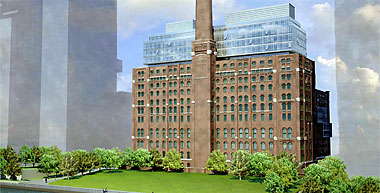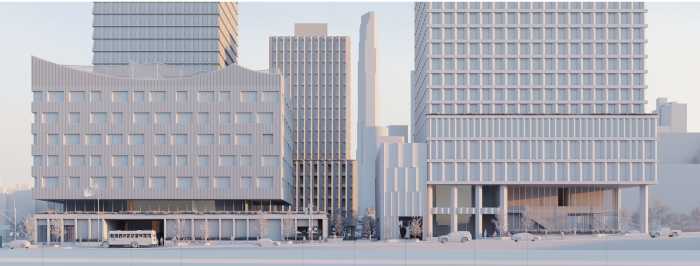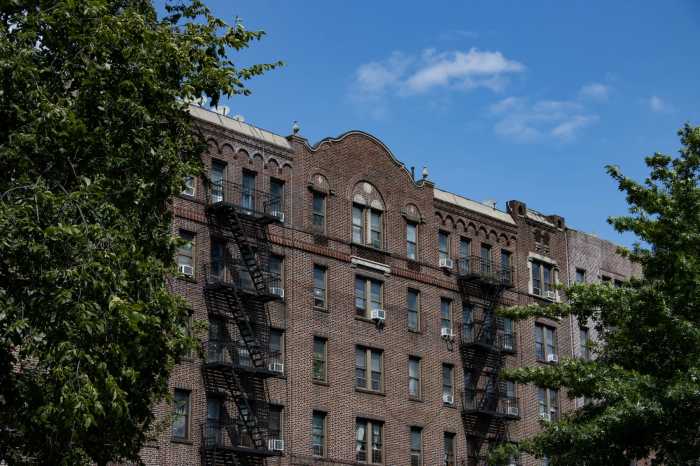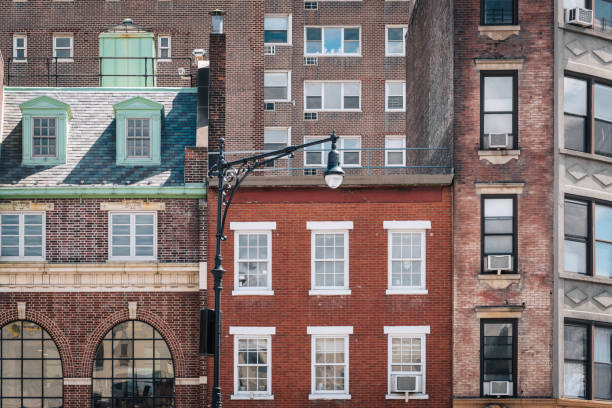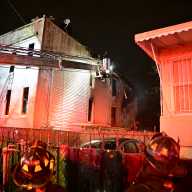The city is apparently not sweet on a developer’s plans to build a five-story glass addition atop the landmark Domino Sugar refinery building along the Williamsburg waterfront.
Several members of the Landmark Preservation Commission on Monday criticized the glass structure as being too big and incompatible with the 12-story factory’s industrial past. The 123-year-old brick factory is the centerpiece of CPC Resources’ plans for a multi-tower, 2,200-unit apartment complex at the Williamsburg plant on the East River.
“Our responsibility is to protect this landmark building, and we need to use the strategies we normally apply, which is to keep this addition as low possible,” said Stephen Byrns, an architect on the 11-member commission.
Other commissioners echoed that thought, which is surprising, given that the agency recently approved a 140-room hotel atop the Battery Maritime Building in Manhattan, and, in a controversial decision in 2001, gave the green light to Sir Norman Foster’s Hearst Tower addition, which added a 46-story modern glass skyscraper to the original six-story cast stone base.
Tuesday’s comments on Domino are not an official ruling on the project, of course.
But to gain approval for the glass penthouses, CPC President Michael Lappin will need to incorporate the disparate opinions of the commissioners.
He took the critique in stride.
“It’s been a building that’s been banged around a bit and they want it to reflect that, which I appreciate,” Lappin told The Brooklyn Paper.
He said he heard similar critiques from preservationists at a February public hearing on the $1.2-billion project, the borough’s second biggest development after Atlantic Yards.
At 17 stories, the central refinery — which is actually three buildings connected together — would be the pipsqueak of the waterfront plan, flanked by two 30-story apartment towers and two 40-story buildings.
The Domino plan has been applauded for setting aside 30 percent of the units as below-market-rate housing, a higher percentage than most developments, and for pegging those units to lower incomes than other so-called “affordable units,” which are usually off-limits to the poor.


